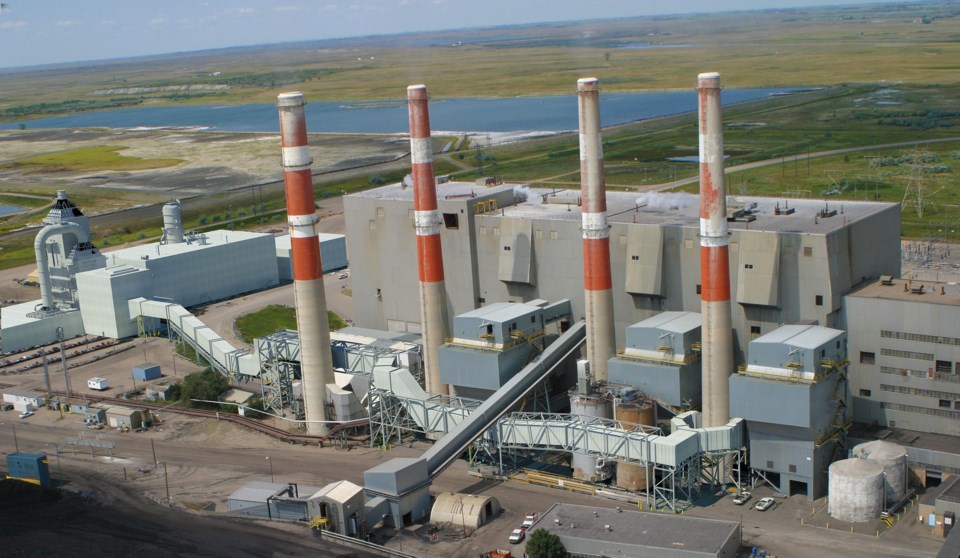The City of Estevan is working to get the attention of the man behind Tesla, Space X and other innovation-leading businesses.
When Elon Musk tweeted out a challenge looking for the best carbon capture technology, the City of Estevan knew that the carbon capture and storage (CCS) facility at SaskPower’s Boundary Dam Power Station is definitely worth showing off.
To get the message to the billionaire, Mayor Roy Ludwig has sent a letter inviting Musk to the city to view the technology.
“When we first saw the tweet and heard about the XPRIZE contest, we knew we had an opportunity to showcase this world class technology and promote the environmental and economic benefits that this facility has brought to our city,” said Mayor Roy Ludwig.
“Industry and government officials from across the globe have toured and researched this facility and it has been the blueprint for other CCS projects in the world. Estevan is also home to the carbon capture test facility at the Shand Power Station.”
The carbon capture facility is attached to the retrofitted 120-megawatt Unit 3 at Boundary Dam. It captures the carbon dioxide (CO2) instead of it being released into the atmosphere. This reduces carbon emissions from the coal-fired power unit, while producing a reliable, clean source of energy.
The carbon capture facility is capable of reducing greenhouse gas emissions by up to one million tonnes of carbon dioxide each year — the equivalent to taking 250,000 cars off the road.
SaskPower’s Boundary Dam Unit 3 (BD3) is the world’s first fully integrated and full-chain CCS facility on a coal-fired power plant. The full chain cluster of facilities is within close proximity to the BD3 facility, providing for a full demonstration and operation of proven and safe carbon capture, according to Ludwig.
The XPRIZE challenge, funded by Musk, offers $100 million in awards for the world’s best technology for carbon capture and storage.
Kicking off on April 22 – Earth Day – the contest will run for four years. The top 15 teams will be selected after the first 18 months and will receive $1 million, helping to fund their operations as they work to build operational models. At the end of the four years, a first-place prize of $50 million will be awarded, with second place taking $20 million and the third-best entry taking home $10 million. In addition, 25 scholarships worth $200,000 will be awarded to competing academic teams.



